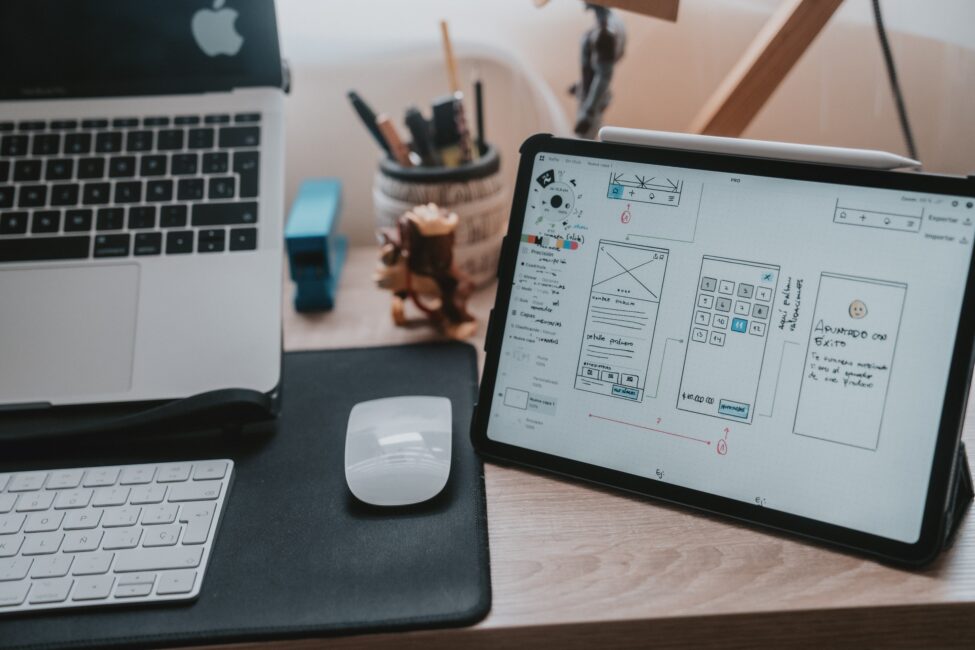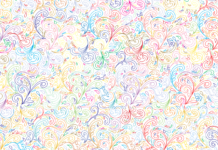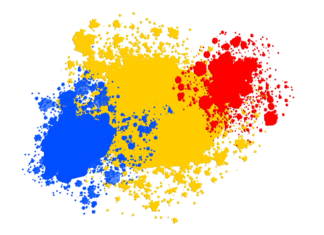Plenty of work goes into crafting the perfect product. From the initial idea to executing it and troubleshooting to putting it on the shelves for sale, there’s plenty to do. You can have the best idea for a product in the world, but if you don’t execute it correctly, all that work can be for nothing.Â
Anyone can create a great product with the right guide. Whether you’re looking to put out a new product in the world, or you’re curious about starting your own business, you’ve come to the right place! Here’s everything you need to know about making and selling products from start to finish. Pay attention to these 8 important points and start your business off right!
1. Conceptualizing and creating the product
The initial conception of an idea for a product is the first step toward achieving success. To create a worthwhile product, you first need to identify an active gap in the market or a need that needs filling. Once you’ve found a workable idea, you need to mold it into something that can be a worthwhile product. Make sure to do ample research and to create something that is unique, stands out, and can be profitable for you to produce. Remember that as a business, you need to balance the need to provide a product and to make ends meet.Â
2. PackagingÂ
Many start-up businesses often overlook the importance of packaging. Whether you’re planning to sell cosmetics, food items, clothing, or electronics, the packaging is important. Your packaging can help you stamp your brand, stand out, and protect your product. Knowing the main differences between shrink wrapping and vacuum packaging can help preserve your products. This will ensure that you protect your products, keep your customers safe, and lose less money in the long run. You can’t really sign off on any packaging ideas until your product is in its final stages of development, but it doesn’t hurt to plan ahead!
3. Testing and developing
Once you’ve got the initial idea for the product it’s time to develop and test some early prototypes. This is often the most challenging and money-intensive part of the creation process. You need to workshop different ideas, materials, and techniques to create your product. You need to make sure the product works, is safe and is sustainable to produce and sell. Test prototype after prototype and iron out all the bugs until you’re satisfied with the results. Don’t let your eagerness to sell allow you to put out a product that you aren’t 100% proud of. This step is grueling but it is essential to the success of your business.Â
4. Making a unique product
Even in today’s capitalist society with millions of products on the market, there are always ways to create something unique. When designing your product, you need to think about ways to make it stand out amongst the rest. Make sure your product serves a unique purpose and that its design and function help to set it apart. Invest time and effort into crafting a unique brand identity and branding that helps you stand out from your competitors. Put emphasis on customer service to help you win over the crowd and provide a unique experience to your customers alongside your product.Â
5. Marketing strategy
Many businesses make the mistake of developing their marketing strategy only after the product is finished. If you don’t plan ahead during production on your marketing strategy, you can miss out on valuable customers and engagement. There are plenty of ways to market a product successfully in the digital age. Your first step is to find a way to connect with your target audience and market your product to them. Use any and all tools available to get your product out there from SEO to product notifications. You can have the best product in the world, but if people don’t know about it, your success will suffer.Â
6. Retailers and selling
When creating and designing a product, you need to think about how you’re going to get your product to your consumers. In the digital age, there are many ways to sell your product both online and offline. When selling through physical retail stores, it can take more time to make a breakthrough and find your customers. However, once you have them, you may make more money in the long run. Depending on your preference or resources, selling your product online might be more beneficial to you. Do ample research into sales techniques on time, and find what worlds best for you.Â
7. Feedback making improvements
Your work as a product developer doesn’t stop once your product hits the shelves. Once you start selling you can begin to gather valuable data and feedback on your product, and use it to make improvements. Feedback is essential to any business looking to make a worthwhile product that can satisfy customers. Open your eyes and ears to the feedback you receive and use it to your advantage. Make alterations to your products, fix any bugs or defects, or consider creating a new product altogether, feedback is the key!
8. Going forward
Piggybacking off the previous point, while your product is in its early selling stages, it’s time to start thinking about the next product. Use the knowledge, experience, and data you’ve gathered from your first product to plan for the next one. Once your initial product is stable on the market, research and workshop new ideas for future projects. If you want to have a successful career as a startup, you need to keep your options open and focus on more than one project. Future releases need to be planned well in advance, so as soon as you can, get to work planning the next big thing!
So there you have it! With this guide in mind, you’re all set to begin crafting the perfect product and starting your business. The first step in creating a worthwhile product is to come up with a solid idea for a product and how to execute it. You need to put ample time and resources into testing and developing the product, and don’t forget to think about the packaging!
Put emphasis on creating a unique product and making it stand out from competitors to achieve success. Research different marketing and sales strategies until you find the right one for your brand. Make sure to use the feedback you receive to better your product, and don’t forget to plan ahead for future projects and ideas!























